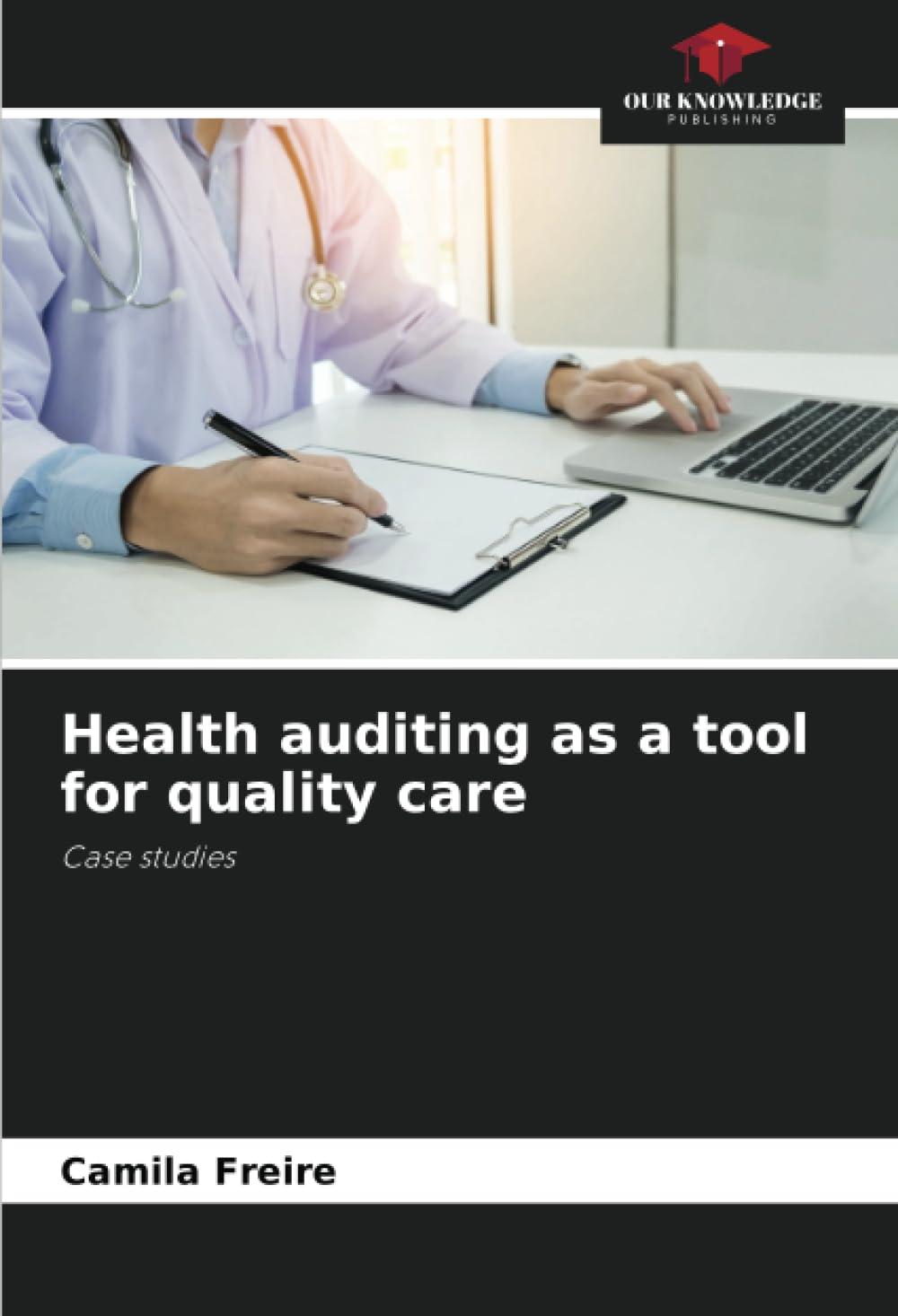Question
1. In general, a taxpayer who is subject to AMT should consider accelerating income recognition or deferring deduction recognition if the following circumstance exists: a.
1. In general, a taxpayer who is subject to AMT should consider accelerating income recognition or deferring deduction recognition if the following circumstance exists:
a. The taxpayer's alternative minimum taxable income is close to the exemption phase-out levels
b. The taxpayer has primarily timing adjustments, and thus, little or no minimum tax credit available to offset future regular tax liabilities.
c. The taxpayer's marginal regular tax rate is 25 percent
d. The taxpayer has primarily permanent adjustments, and thus, little or no minimum tax credit available to offset future regular tax liabilities.
e. None of the above
2. Which of the following is an allowable deduction for federal estate tax purposes?
a. The $10,000 payment of medical expenses incurred by Queenie before her death, but not deducted on the estate income tax return.
b. The $250,000 outstanding mortgage on Queenie's house which is included in her gross estate
c. A $50,000 bequest to Queenie's alma mater, Fairfield University
d. All of the above
3. The Code Sec. 2702(b) valuation rules assign a $0 to a grantor retained income interest when the remainder interest passes to an applicable family member. The $0 valuation rule does not apply in which circumstance:
a. The transfer of Veronica's house to a personal residence trust where she retains the right to live in the house for 10 years.
b. The transfer of property to a trust where the grantor retains a right to all the income from the trust and on his death, the remainder passes to the his niece Kate and his nephew Jack
c. The transfer of property to a trust where the grantor retains a right to all the income from the trust and on his death, the remainder passes to the grantor's children.
d. All of the above
e. Two of the above
4. The IRS has successfully attacked minority discounts based on the following ground
a. The minority interest holder held the swing vote
b. A general partner in a family limited partnership continues to use FLP assets as his or her own.
c. A small closely-held business, such as an FLP, is funded with the transfer of publicly-traded investment securities
d. All of the above
e. None of the above
5. Mercury Stage withdraws $20,000 from the S corporation of which she is a 100-percent owner. Her adjusted basis in her S corporation interest is $150,000. What is the tax consequence of this transaction to Mercury Stage
a. Mercury has $20,000 of taxable dividend income.
b. Mercury has no taxable income
c. Mercury has $20,000 of compensation income
d. None of the above
6. Beatrice contributes property worth $50,000 and an adjusted basis of $30,000 to a corporation in exchange for 500 shares of its common stock. Eugenie contributes services worth $50,000 in exchange for 500 shares of its common stock. The following is the tax result of the formation of this corporation:
a. Beatrice and Eugenie recognize no gain or loss on the contributions in exchange for stock under Code Sec. 3
b. Beatrice recognizes $0 gain and Eugenie has $50,000 of compensation income
c. Beatrice recognizes $20,000 of gain and Eugenie recognizes $50,000 of compensation income
d. Beatrice recognizes $20,000 of gain and Eugenie recognizes $0 gain
7. Bingo Corporation's AMTI is $1,500,000 and it has the following financial accounting transaction: (1) tax-exempt bond interest income of $30,000, (2) life insurance proceeds on the death of the vice president of $500,000 [cash surrender value $60,000], (3) premiums paid on the key-man insurance policy of $50,000. What is Bingo Corp's ACE
a. $1,920,000
b. $315,000
c. $420,000
d. $1,125,000
8. Bixby Corp. estimates its allowance for doubtful accounts to be $50,000 for the current year, but writes off $25,000 of those accounts for tax purposes. This difference in accounting treatment creates
a. taxes receivable
b. a deferred tax asset
c. a valuation allowance
d. a deferred tax liability
Step by Step Solution
There are 3 Steps involved in it
Step: 1

Get Instant Access to Expert-Tailored Solutions
See step-by-step solutions with expert insights and AI powered tools for academic success
Step: 2

Step: 3

Ace Your Homework with AI
Get the answers you need in no time with our AI-driven, step-by-step assistance
Get Started


